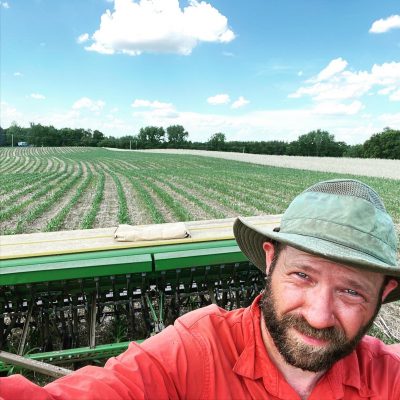Putting Farm Tools in their Proper Place
One recent August day, I stood in a field in North Dakota watching soil being spaded up and listening to farmers talk about the optimal cover crop seeding mixes, how long to mob graze a paddock and which no-till equipment does the best job of cutting through last year’s plant residue. It was 90 degrees… Read More →

